Published Jan 13, 2023
Cooking with Data and Drinks with Guinan: Star Trek at Home
A look at how to incorporate Star Trek into your daily life.
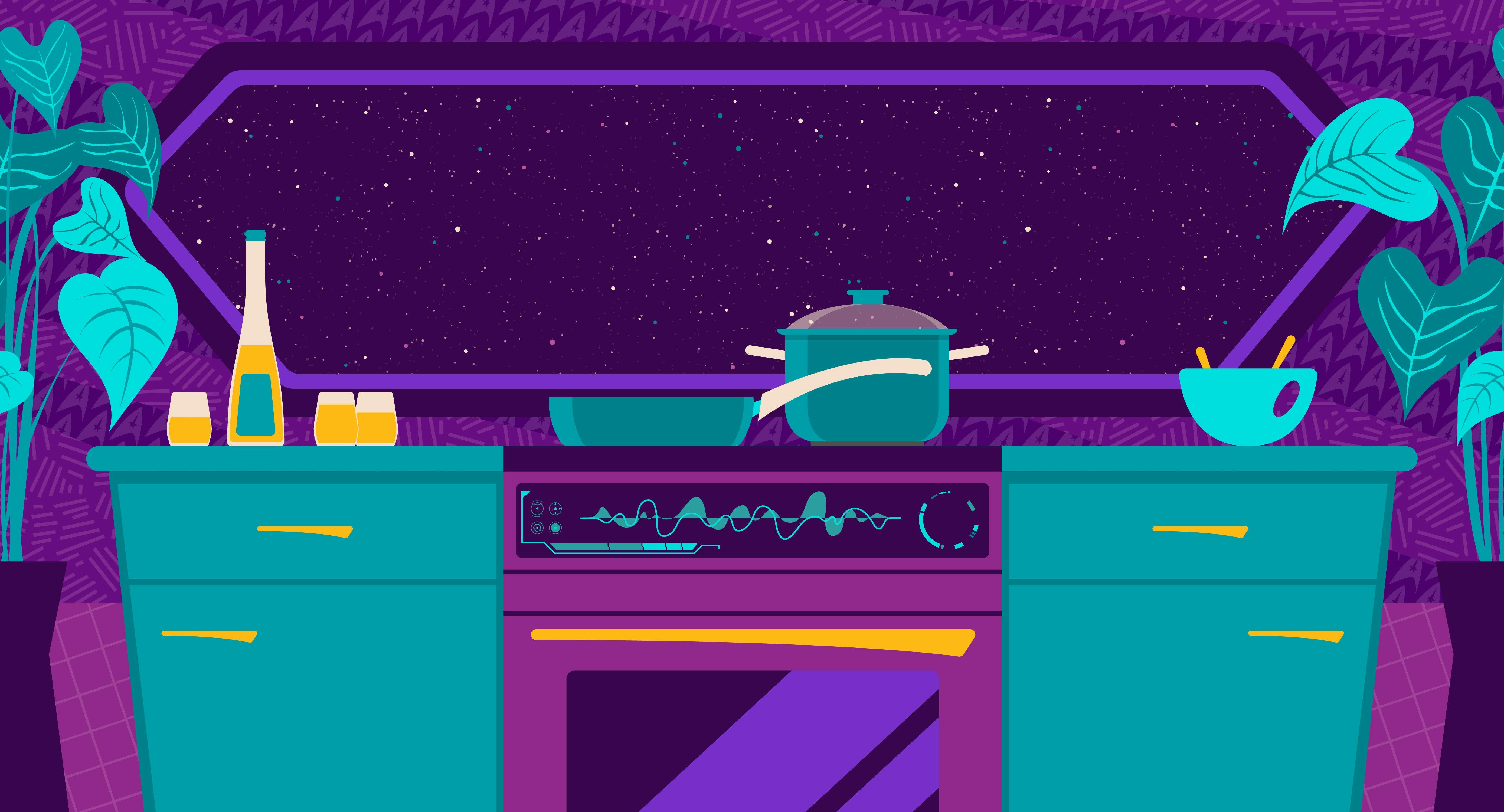
StarTrek.com / Rob DeHart
Do you want to bring more Star Trek into your world, in a tasty way? In our small space, we don’t have room for extensive displays of Starfleet-related memorabilia. However, we’ve discovered an unexpected portal in our home to enhanced Star Trek energy: our kitchen. Integrating Star Trek with your personal scene can feel like being handed a Starfleet-issue wine glass by Captain Christopher Pike upon arriving at his Enterprise quarters for a small-group crew meal — comfortable, welcoming, and interesting.

StarTrek.com
Consider the elements we’ve incorporated into our Earth-based home for subtly amping up the Star Trek through food, drink, and 10 Forward fun. To be clear, when accessing starship energy through one’s kitchen, we’re not talking about gagh, raktajino, Roman ale, or other galactic consumables seen across Star Trek’s universe.
Rather, whenever we use certain kitchen tools and entertaining spaces, we feel closer to a Star Trek future right now in the 21st Century. For example, deploying “smart” kitchen appliances can make it seem like Zora is our sous chef, while gathering in the outdoor social space we created at the onset of the pandemic reminds us of spending time in 10 Forward. Instead of illuminated tables like those in the ship’s bar, however, we have a fire table, complete with blue fire glass that suggests the Enterprise’s warp core. It’s dorky, but it works — Engage!
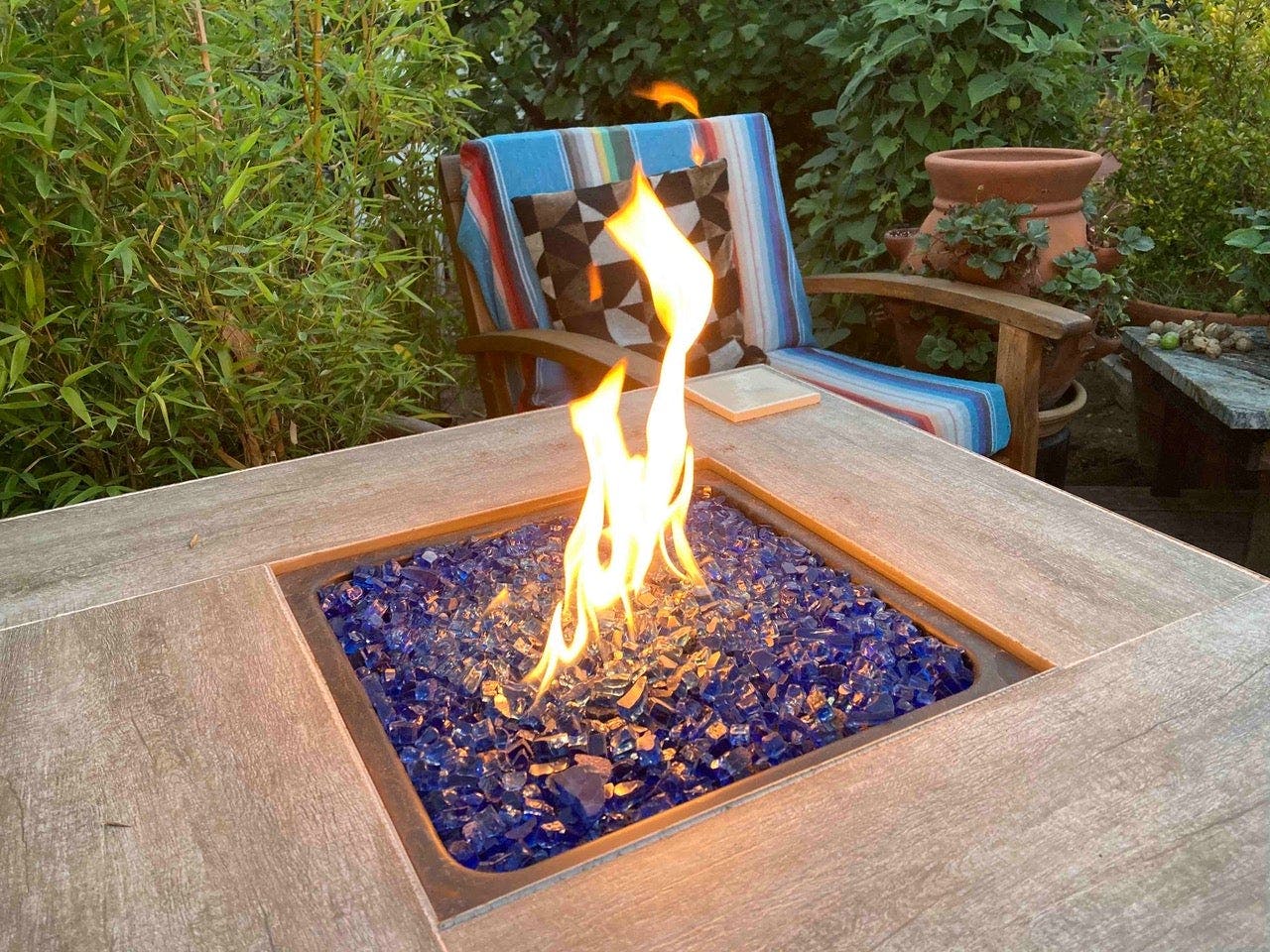
StarTrek.com / R.A. Duchak
Our home kitchen portal to the world of Star Trek always opens when we make dishes from Nik Sharma’s The Flavor Equation: The Science of Great Cooking Explained in More than 100 Essential Recipes (2020). This, the geekiest cookbook we’ve ever encountered, would most certainly be Data’s favorite (if he could eat food) because it explains the discrete components that contribute to flavor while examining through a scientific lens the overall experience of cooking and eating. What if Star Trek and our real world intersected such that our favorite android consulted an ancient cookbook by molecular biologist Nik Sharma to help make a great meal for his crewmates and friends? A delicious prospect!
How do we know Data would be a fan of The Flavor Equation? In the Star Trek: The Next Generation episode “Birthright, Part 1,” Data is stumped by his confusing “vision” experience initiated by an accidental energy beam from a piece of Gamma Quadrant equipment. He tells Captain Picard, “I have analyzed over 4,000 different religious and philosophical systems, as well as over 200 psychological schools of thought,” to help explain the unexpected and unexplained “vision” of his creator Noonian Soong as a blacksmith aboard the Enterprise. Picard encourages Data to look for the answer from his own experience and to follow his own unique research path. A positronic brain that will do deep research to find the answer would most definitely enjoy the science-based explanations from The Flavor Equation that reveal optimum approaches to enhancing the complete sensory experience of a great meal.

StarTrek.com
Unbelievably nerdy and extra logical, The Flavor Equation is filled with diagrams illustrating how flavor works as well as its various elements. Nik’s scientific approach highlights each part of what he identifies as the “flavor equation” and then uses creative recipes to feature these discrete components.
Emotion + Sight + Sound + Mouthfeel + Aroma + Taste = Flavor
To an android, this equation must make total sense, especially if one is trying to learn more about humanity through gastronomy. Illustrated with his own lush photography, Nik’s recipes include multiple paths to flavor rather than just one way. Of course, there are flow charts throughout the book — “I love flow charts,” says this scientist and cookbook author. “There’s something satisfying in knowing options and predicting outcomes. In fact, if I could write an entire cookbook based on flowcharts, I would.” Like we said, serious nerd energy!
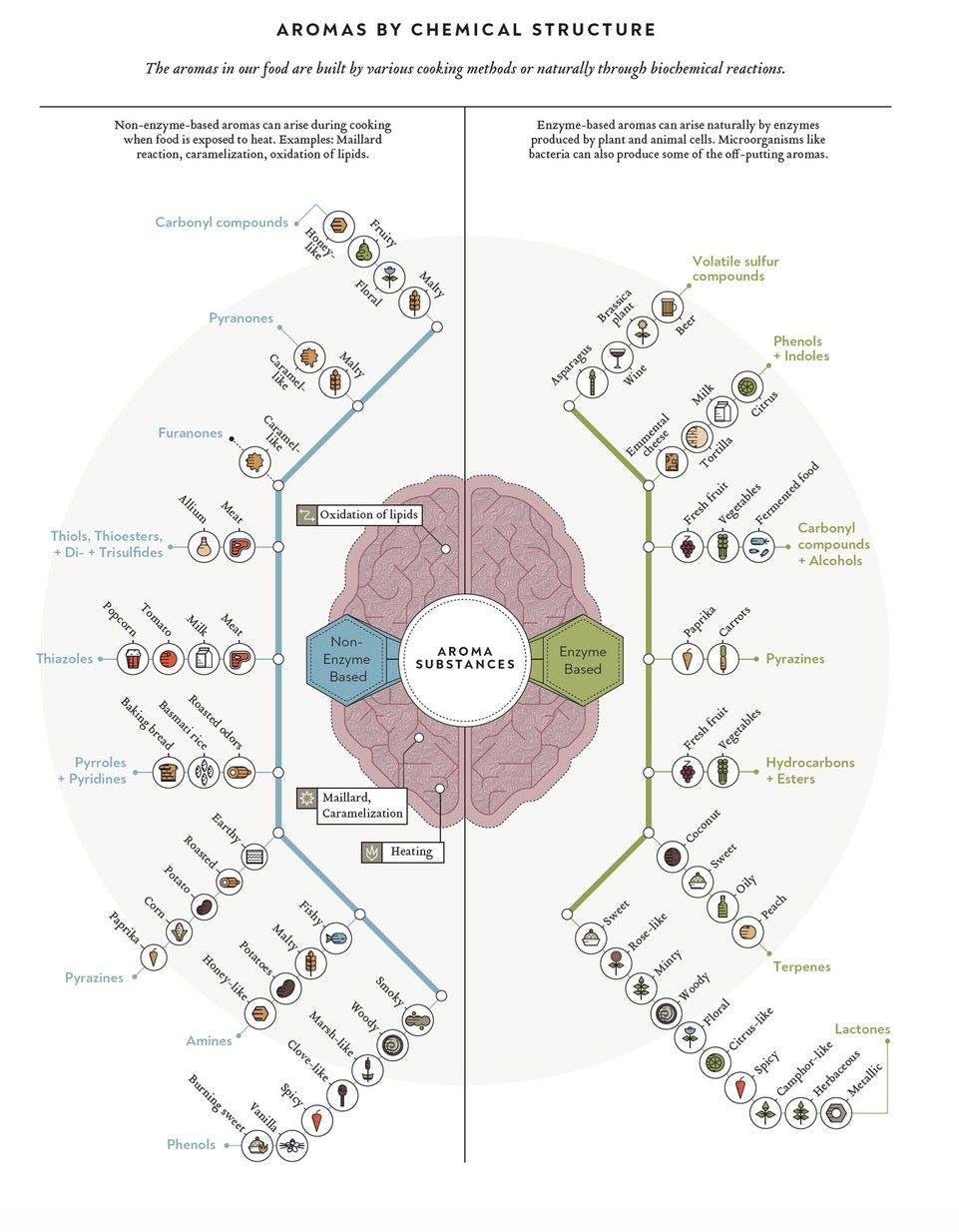
Chronicle Books
Imagine our delight when we learned that Nik is a fellow Star Trek fan, in part for its problem-solving nature. In his introduction to The Flavor Equation, he tells of his maternal grandmother’s excellent cooking and how, as a young person growing up in Bombay, he tried “to figure out what she did to make her food so delicious.” His empirical research helped provide the key to unlock his grandmother’s flavorful cooking enigmas while adding his own stamp to her dishes and the creation of so many others. “I’d been working on the concept of this book for a long time before I even got into the world of food writing,” he says. “In school, we were taught to think of the human response to food and flavor as a multi-sensorial experience beyond taste and aroma.” Nik’s James Beard Award-nominated cookbook assembles disparate ideas from the influence of family recipes, to the logic of the science lab, to the swirl of emotional forces that influence how we feel and, as a result, how we experience taste and flavor.
We asked Nik several more Star Trek-related questions including what he thought Data might prepare for dinner with his best friend Geordi La Forge (Answer: pasta al fiorella, Geordi’s favorite.) Nik says Data might make a “big bowl of creamy ricotta, tender pieces of asparagus, and pasta that didn’t taste like liquid polymer.”

StarTrek.com / Nik Sharma
We first learned of Nik’s recipes through a San Francisco Chronicle column, followed by his blog, his books (Season and The Flavor Equation), and now his newsletter venture, The Flavor Files. As a Midwesterner raised on incredibly bland food, I personally appreciate the flavorful energy that infuses every recipe he shares. In our kitchen, we make lots of recipes from this creative person, more than from any other recipe developer.
We’ve been doing much more home cooking since the start of the pandemic and have found that electric kitchen tools featuring a timer — toaster oven, multi cooker, induction burner — really help us avoid overcooked disasters in the kitchen. Automatically keeping track of cook times and shutting off the heat at the right moment makes it seem like a sentient computer is providing assistance for the more tedious moments of food preparation. Just as Zora offered to help Commander Paul Stamets in Star Trek: Discovery when the astromycologist was faced with a laborious task of sifting through too much digital data, it feels like my “smart” kitchen tools also save me time and help me avoid burning a helpless pot of beans to death. As a gardener and cook, I can get distracted outside so those kitchen tools with an automatic shutoff feature are great.
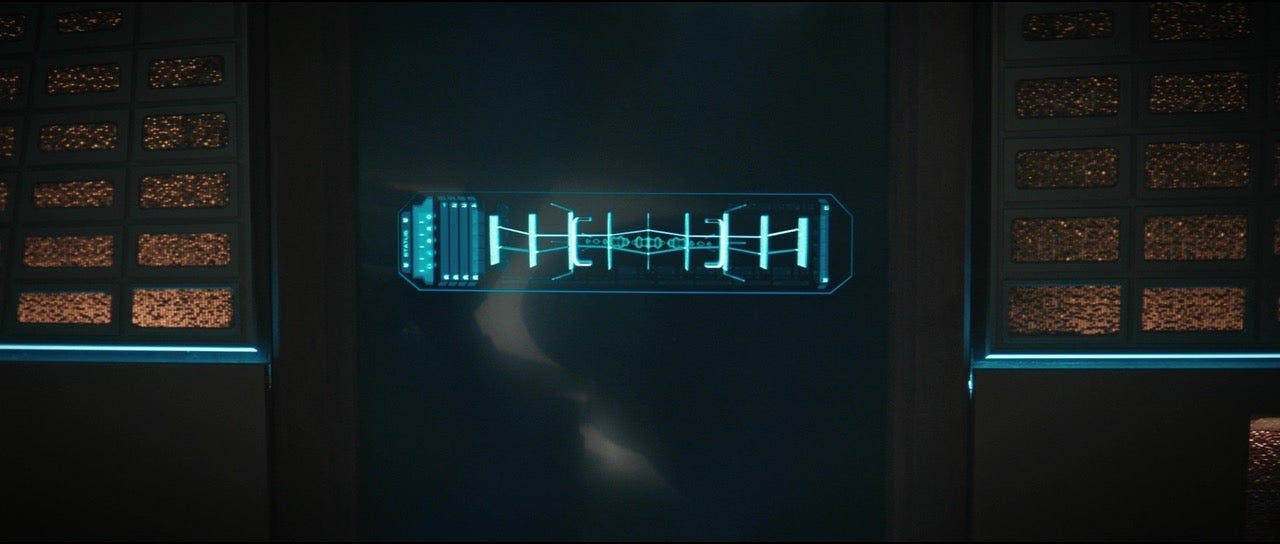
StarTrek.com
When we learned that Nik has a smart kitchen set-up at his home, we wanted to know more. Does he like cooking with Zora, too? He writes,
I love having a smart kitchen because I can monitor and get updates when things are at the right temperature and ready to be removed from the oven. The alerts when the dishwasher is finished or if I've left the freezer or refrigerator door open is so helpful! I get distracted easily, and I'm always running around at home from the kitchen to my office so a smart kitchen is a huge help. I also use it to set timers for how long to cook or prep something, perform a quick calculation, determine a temperature conversion, or find an ingredient.
For a creative cook and busy writer like Nik Sharma — with his cookbooks, newsletter, blog, and more — steady and precise assistance from smart digital kitchen tools helps him focus on recipe creation and sharing delicious information with his many fans and supporters. Thank you Zora.
Unlike Data’s favorite food writer, many of us are pretty basic cooks who return to familiar dishes with perhaps too much regularity. So, we asked Nik, "How can home cooks most effectively engage, if you will, with The Flavor Equation’s creative problem-solving approach to enhancing flavor and the overall cooking experience?" He writes,
Everything in life is about problem-solving and serves a purpose. We cook to eat; we eat to nourish our bodies and satisfy our senses. When I’m thinking about a recipe, I’m either trying to figure out a way to use an ingredient, improve a recipe, or make it easier for people to make at home. My goal is to make people better cooks and, as a scientist, I’m trained to solve problems and come up with solutions. I’ll ask people what they’re struggling with when making a recipe, or is there a way for me to minimize the process of cooking so they spend less time preparing but the meal is still delicious and doesn’t compromise on flavor.

Chronicle Books / Nik Sharma
We’re looking forward to trying some of The Flavor Equation recipes Nik recommends for Star Trek fans who want to explore his exceptional cookbook. He suggests beginning with the Blueberry Omani Lime Ice Cream because “it’s a straightforward recipe that literally requires you to blend the ingredients in a blender before churning them to produce ice cream. The results are outstanding.” He also recommends the Green Beans with Preserved Lemons and Crème Fraîche, the Black Pepper Chicken, and the Baked Sweet Potatoes with Maple Syrup. “They’re all simple recipes to start out with,” says Nik, “and they rely on using familiar techniques to build better textures and stronger flavors.” Can’t wait!
As we kept close to home and used our kitchen so much more over the past few years, we’ve enjoyed virtually traveling across our planet through eating food and making recipes from around the world, especially Nik’s wonderfully flavorful dishes. Our outdoor space, dubbed the 'Arboretum 10 Forward,' has been a key component to keeping our social life humming, including visits from friends by the fire table/warp core and screenings of shows including Star Trek on an outdoor video setup in the evenings. We surround the well-ventilated social space with hummingbird-attracting plants that suggest tiny winged ships. They fly in to refuel and then, after a few sips from the fuchsia flowers that look like Guinan’s hat, zip off again for more aerial adventures. Social visits have continued with friends in this pleasant space that facilitates connection, fun, and Star Trek. We’ve extended an invitation to Data’s favorite food writer to join us sometime in our Arboretum 10 Forward space and hope Nik Sharma takes us up on our offer.
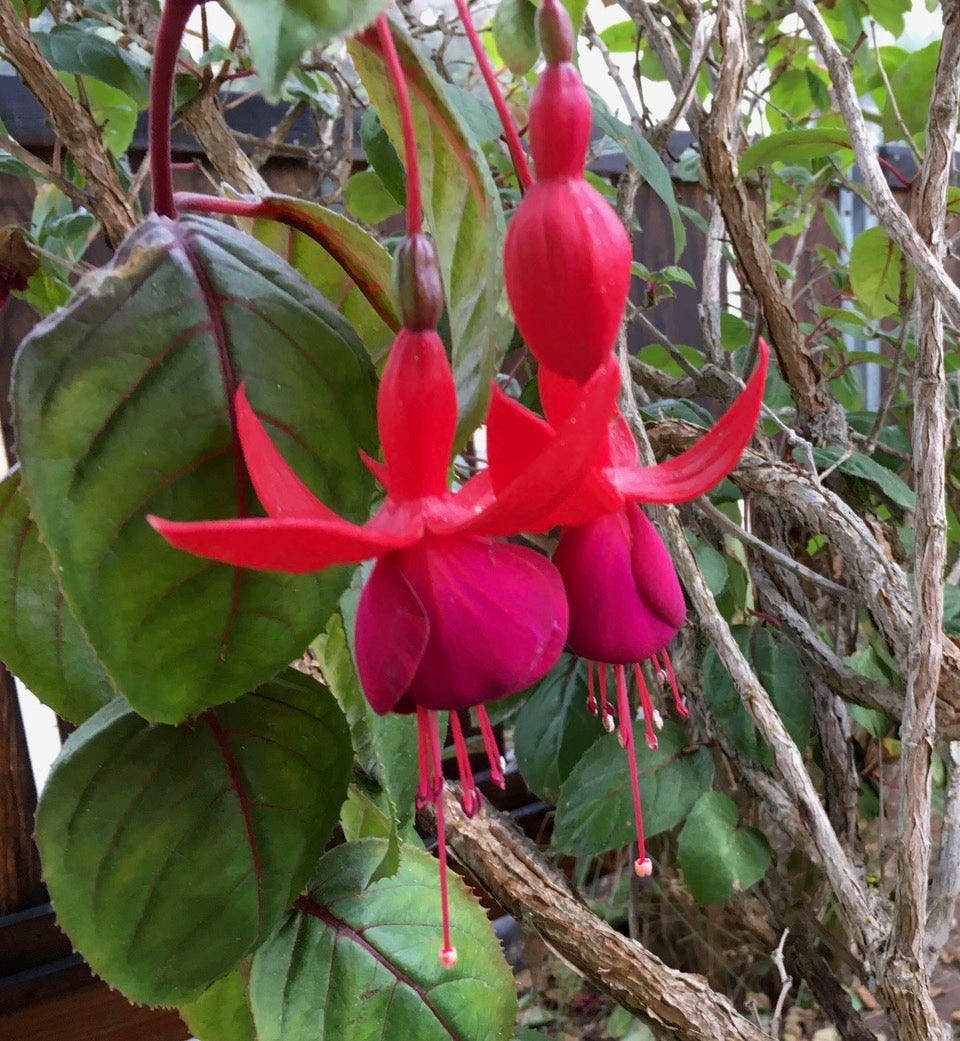
StarTrek.com / R.A. Duchak
We appreciate his delicious recipes as well as his cheerful openness to our questions and sincere enthusiasm for Star Trek. Thank you Nik!
Writer R. A. Duchak (she/her) was in utero when Armstrong and Aldrin walked on the moon, and she’s been a space nerd ever since. She has worked as a radio host and producer, university writing instructor, webmaster, editor, and Outward Bound instructor. You can find her on Twitter @ccfoodie.
Stay tuned to StarTrek.com for more details! And be sure to follow @StarTrek on Facebook, Twitter, and Instagram.

